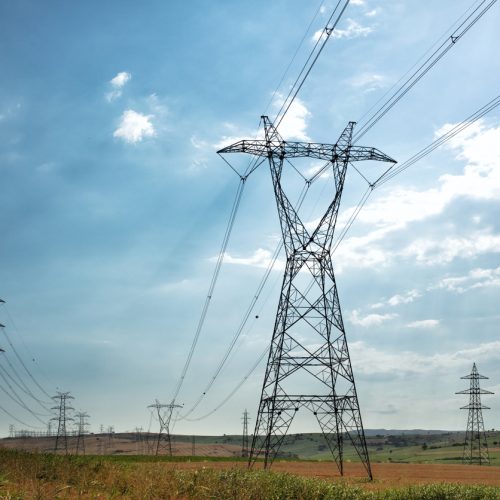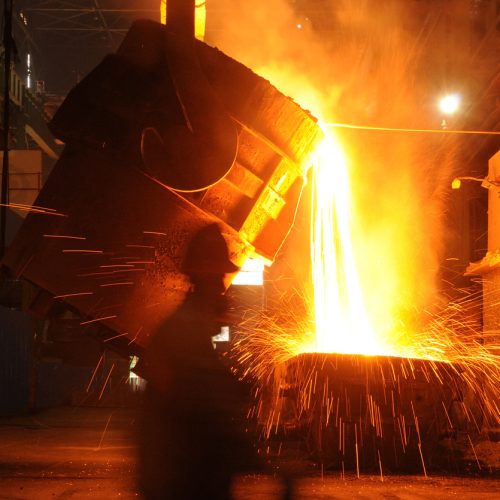This study is one of three investigations into the challenges and opportunities in critical parts of the American energy sector: long-distance electric transmission, strategic metals and minerals, and low-carbon steel. Each presents key infrastructure and industrial challenges that must occur for the United States to take full advantage of the nation’s low-carbon energy resources. Electrification of transportation, steel, buildings, and other end uses (such as AI-driven data centers) will require expanded access to critical minerals, such as lithium, cobalt, nickel, copper, rare earths and many others. Extraction and processing of these minerals present environmental challenges, including for frontline communities and tribal lands.

The United States’ economic strength, technological leadership, and national security all depend on a stable and reliable supply of critical minerals, such as cobalt, graphite, lithium, nickel, manganese, and rare earth elements (REEs). These materials are essential for advanced manufacturing, defense systems, energy infrastructure, and consumer technology. However, decades of underinvestment in domestic extraction and processing have left the United States highly import dependent, with vulnerable supply chains that are neither resilient nor secure. In this report, our focus is primarily on mineral extraction, but many of the issues discussed here apply equally—and in some cases even more acutely—to mineral processing. Indeed, processing is an essential and highly concentrated stage of the supply chain to which many of the same concerns we raise regarding security, sustainability, and equity pertain.












